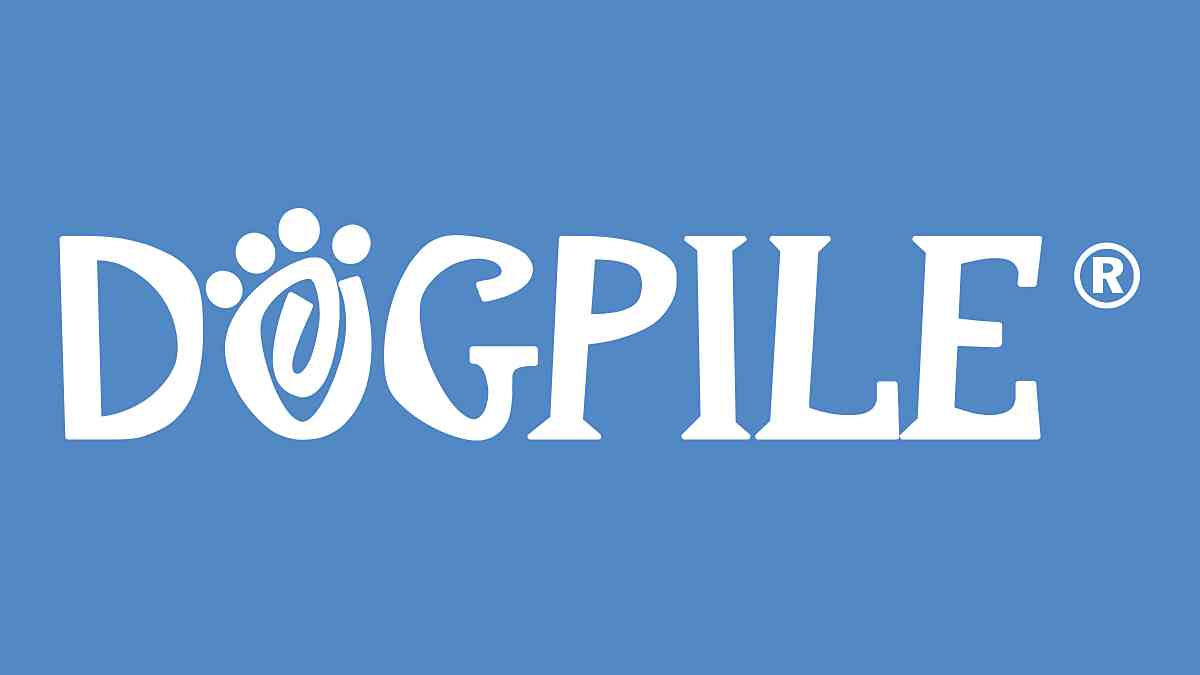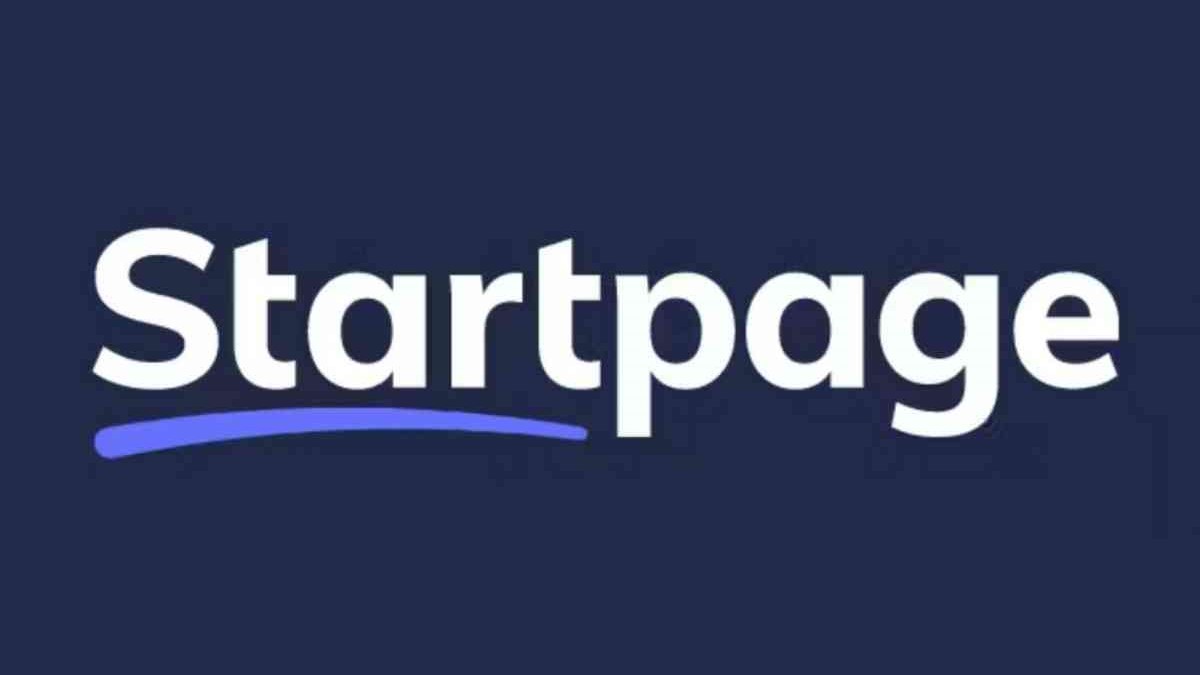
Web Search Engines work by using advanced algorithms to crawl, store, and organize the information on the web. The Crawler discovers and scans new content on the web, the Index stores and organizes this content, and the Algorithm ranks the content based on various factors to provide the most relevant search results to users.

A Search Engine is a software system that searches the Web for specific information specified in a textual Web search query. It presents the results in a line called SERPs (Search Engine Results Pages, which include links to Web pages, images, videos, articles, and other types of files.

Search Engines use automated software robots called Crawlers, Spiders, or Bots to visit Websites, read the information on the site, read the site’s meta tags, and follow the links that the site connects to. The Crawler returns the information to a central depository, where the data is indexed. The Crawler periodically revisits the sites to check for any changes.

Crawler: A Crawler, also known as a search Bot or Spider, is a piece of software that Search Engines use to scan the web. It crawls the web from page to page, looking for new or updated content that is not yet in its databases.

Index: The Index is a database of all the web pages that a Search Engine has crawled and stored to use in search results. When a Search Engine crawls a site, it detects new and updated pages and updates their index.

Algorithm: The Search Engine Algorithm refers to the process used to rank content. It considers hundreds of factors, including keyword mentions, usability, and backlinks.

Ask Bing Brave Dogpile DuckDuckGo Ecosia Elasticsearch Gigablast Google Startpage Swisscows Yahoo

Ask Bing Brave Dogpile DuckDuckGo Ecosia Elasticsearch Gigablast Google Startpage Swisscows Yahoo

Ask Bing Brave Dogpile DuckDuckGo Ecosia Elasticsearch Gigablast Google Startpage Swisscows Yahoo

Ask Bing Brave Dogpile DuckDuckGo Ecosia Elasticsearch Gigablast Google Startpage Swisscows Yahoo